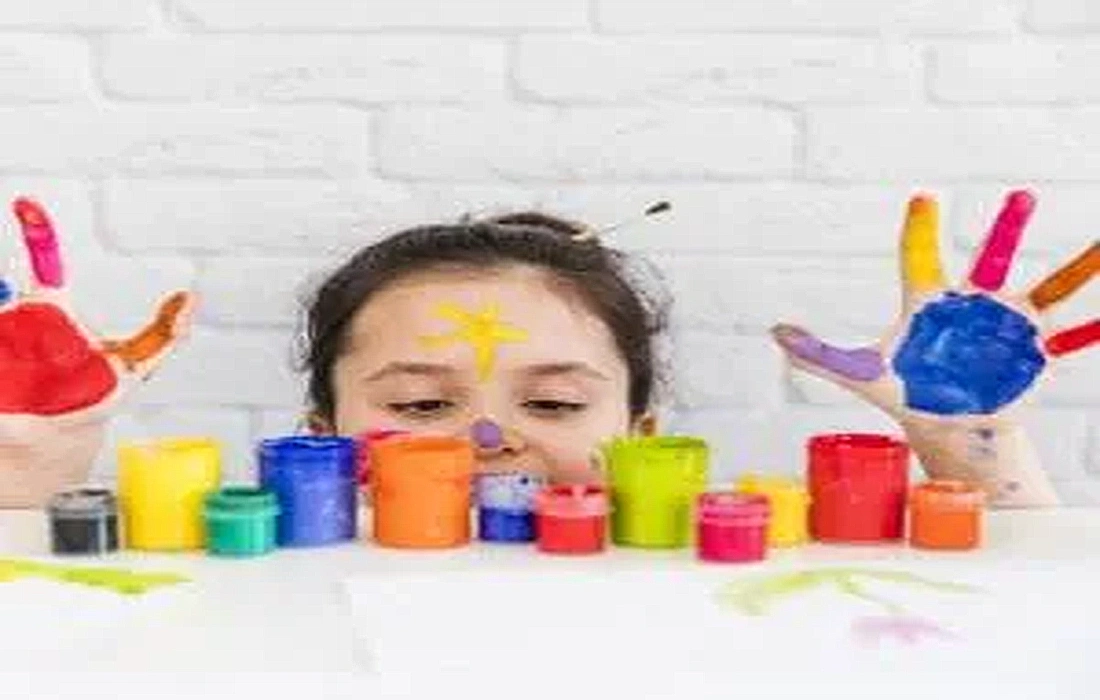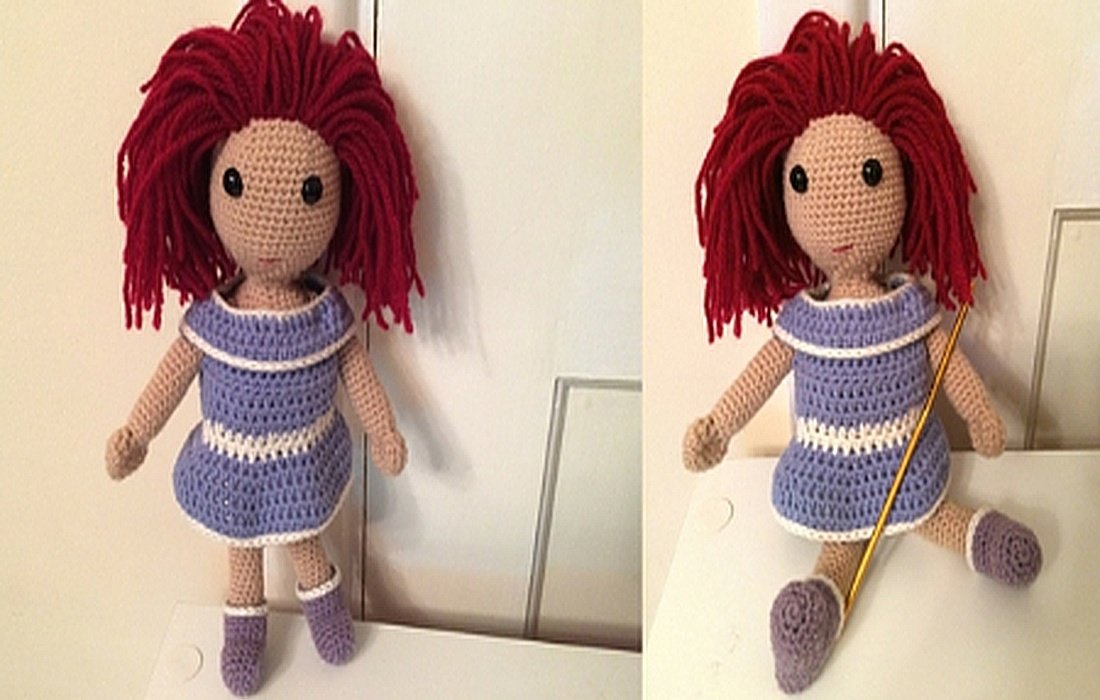How to Paint with Watercolors?
If your children love to paint but might put the paint in their mouths, you need to find a safe solution. The best way is to choose non-toxic paints for them. In this section fromSelMagzwe introduce a method that allows you to make a safe, non-toxic homemade paint.
Method OneMaking Watercolors:
Mixing Colored Powders
- Combine baking soda with white vinegar. 4 tablespoonsBaking SodaMeasure with a cup and add 2 tablespoonsWhite VinegarMix it with the baking soda and stir well. Never use baking powder instead of baking soda.
- Mix half a teaspoon of wheat flour with two tablespoons of corn syrup and stir well until dissolved. This mixture will become slightly thick at this stage, which is completely normal. If you don’t have light-colored corn syrup, use regular golden syrup.Corn SyrupPlace the mixture in ice cube molds. You can use small spoons or scoops, and when pouring into molds, stir again to ensure even color.
- Add a few drops of food coloring to each ice cube mold. Use 6 drops of gel food coloring per mold and stir until completely uniform. If the colors are not vivid enough, increase to 20 drops. It’s best to assign one color per mold.
- Leave the ice molds in a cool, dry place for a few days until they take on color. Two days to a week will help colors develop fully. Some colors may never dry completely, while others might stay sticky or gooey. If you’re in a hurry, you can dry them in a warm, dry environment for 24 hours.
- Now, place a cup of water nearby, dip your brush into it, and use colors like regular watercolor paints. Store leftover paints in a cool place to prevent strange smells.Method TwoMaking Watercolors: Liquid Paint
- Mix non-sweetened drink powders in a cup. The final color depends on the flavor you choose, and you can see the expected color on the powder packaging. Avoid sugar powders because their stickiness can ruin the paint, and be careful as some powders might not resemble fruit, e.g., grape powder may turn grayish or brown, but this method’s advantage is that sugar-free powders prevent children from liking the taste and wanting to eat it.

Add one tablespoon of water to the powders. Use less water for darker colors and more water for lighter shades.Repeat the process for more colors. Add another tablespoon of powder and stir it well, then pour into ice cube trays or jam jars.
Preferably, use jars with lids so you can reuse the paints later.
- Your paint is ready to use. You may add a little water to make it softer. To get more vivid colors, you can also use an old T-shirt to help dilute paint if needed.Method Three: Making Watercolors from Other Blue ColorsMix a quarter cup of water with 1-2 drops of food coloring and stir well. Test the color on paper. If it isn’t dark enough, add a few more drops of food coloring. You can also use gel food coloring, and the amount of water depends on how intense you want the color.
- Mix a spoonful of this mixture with half a cup of warm water and pour into jam molds. After a few minutes, stir again until the color darkens. The initial color might look a bit dull or cloudy but will become more natural over time.
- Use non-toxic, temporary colors. Add a few drops to half a cup of water, stir well to dissolve, and add a bit more water for lighter shades.
- Gather some dried markers you previously kept, and separate the non-toxic ones. Place them upside down inside a jar, fill halfway with water, and let sit for a week. After one week, remove the markers. The faster the water evaporates, the more vibrant the colors. To intensify the colors, place the jar in a warm environment.
- Reday-made art supplies

Homemade Watercolor Tutorial
How to Make Watercolor Paints
- Creating Liquid Watercolors
- Making Watercolors
- Properties of Baking Soda
- Properties of Vinegar




